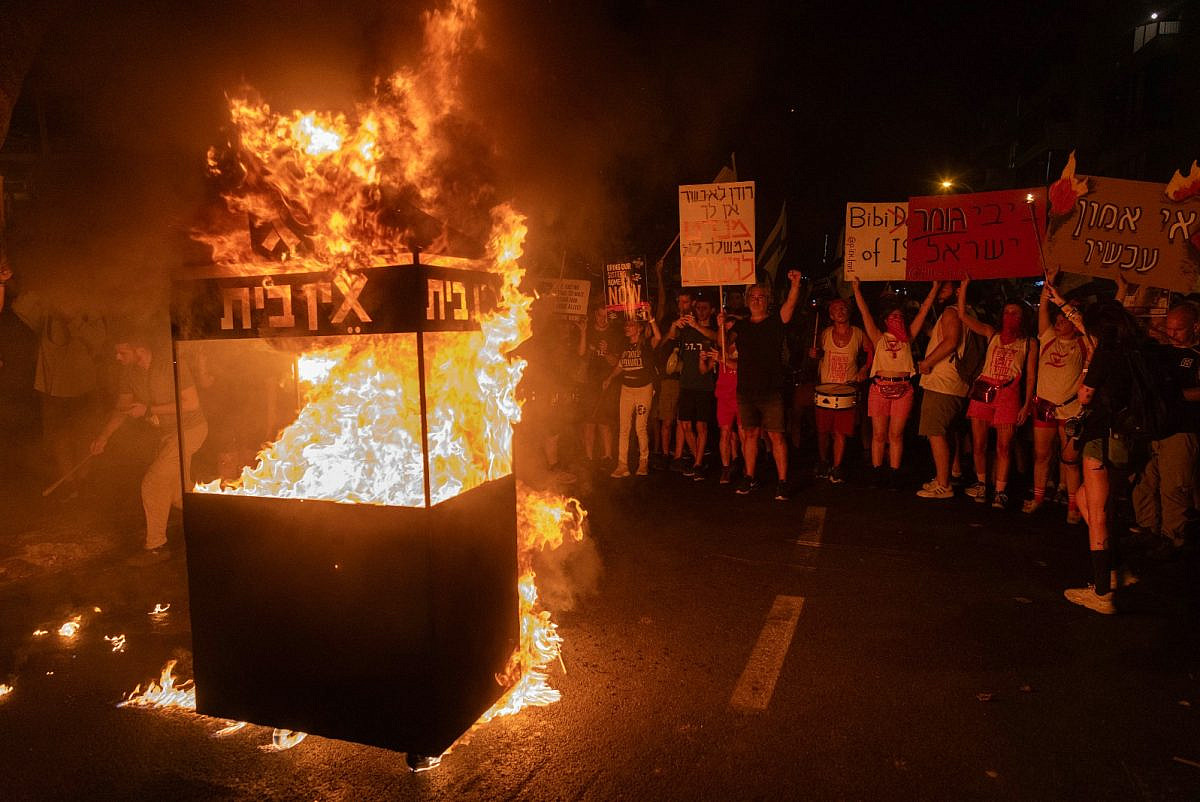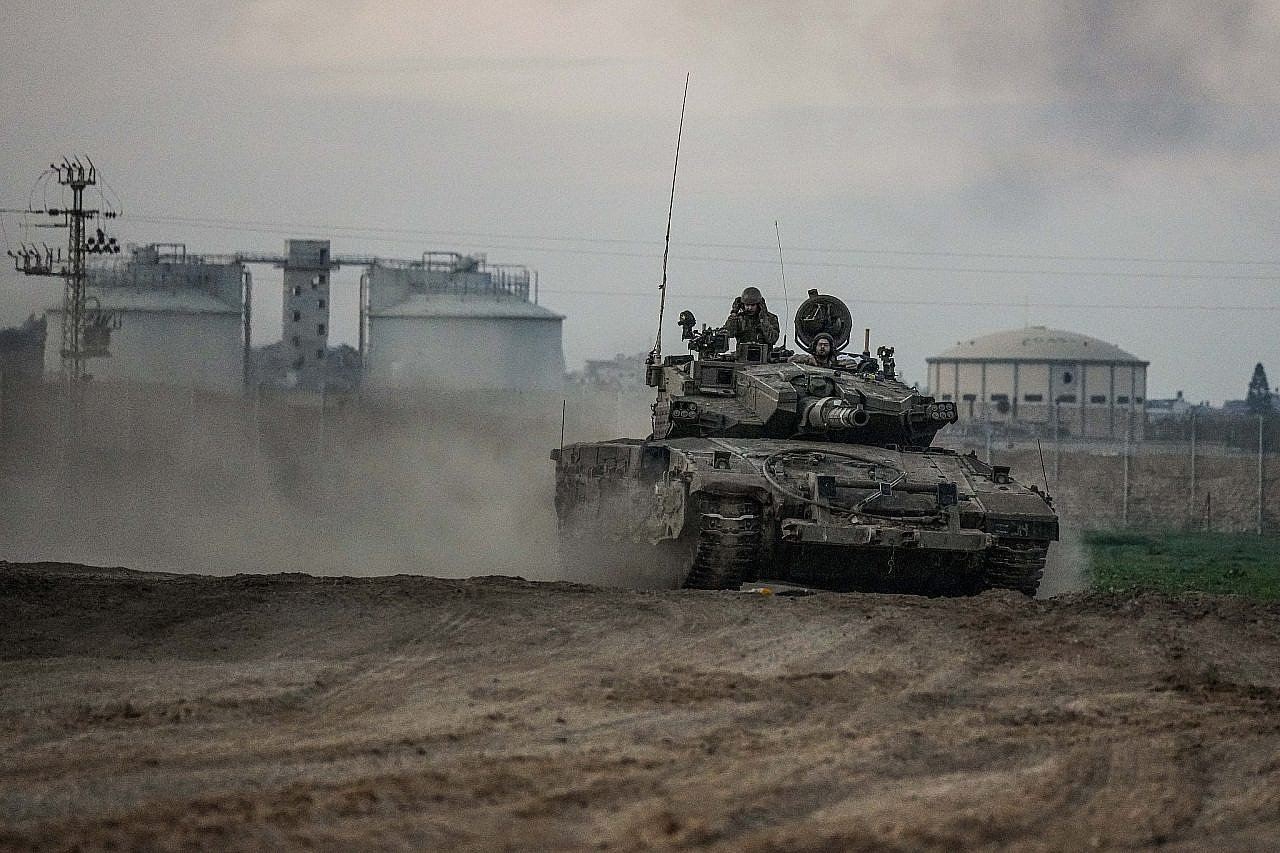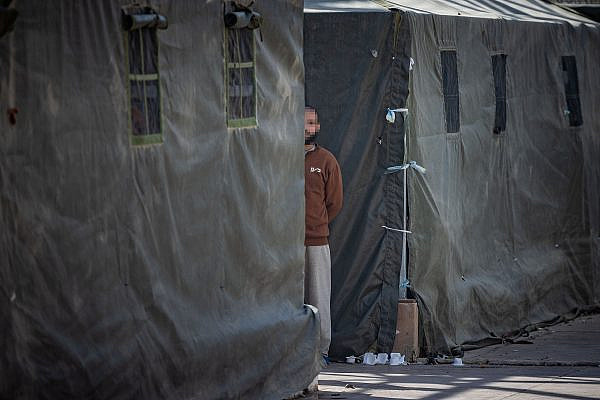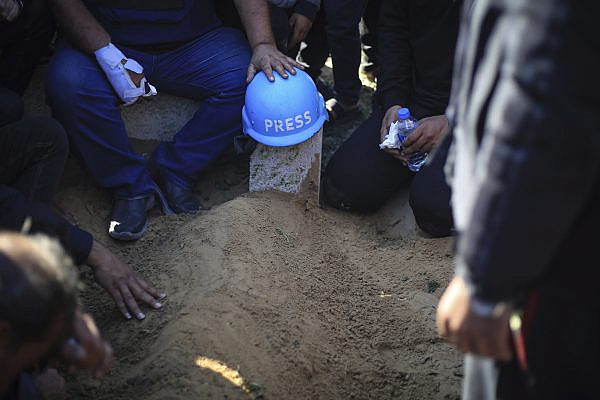Since the end of November, when fighting resumed in Gaza following a week-long ceasefire, Hamas has demanded the total cessation of the war and the complete Israeli withdrawal from the Strip as unequivocal conditions for the release of any more Israeli hostages. Nearly seven months later, Hamas still publicly insists on these conditions — but it is highly doubtful whether the group genuinely believes that the hostages provide the leverage required to pressure Israel to end its onslaught.
Since then, Israel has freed a total of six hostages through two military operations, which together killed some 350 Palestinians. IDF Spokesperson Daniel Hagari admitted after the recent operation in Nuseirat that “we will not be able to return all the hostages through rescue operations.” Yet rather than agreeing to a deal that would release the remaining hostages, Prime Minister Benjamin Netanyahu continues to insist on the continuation of the war until the “elimination of Hamas” — which Hagari, again, admitted just last week is an impossible goal.
Even after Israeli negotiators sent ceasefire mediators a document in recent weeks (revealed in full by Channel 12) stating that Israel was prepared to declare “the establishment of a sustainable calm (the permanent cessation of military operations)” at the beginning of the second stage of an agreement to release the hostages, the chances of such a deal being approved by the current government are close to zero. Immediately after President Joe Biden presented what he described as an “Israeli proposal” on May 31 — the main points of which were identical to the document published on Channel 12 — far-right Israeli ministers Itamar Ben Gvir and Bezalel Smotrich sent a clear message: if Netanyahu agrees to a deal that includes ending the war and fully withdrawing from the Gaza Strip, they will collapse the government.
“Senior officials” in Israel (there is, in fact, only one senior official in Israel, who has been feeding information to the media that he would not want to say publicly) have confirmed that Biden’s outline is acceptable, but the words “cessation of hostilities” have never come explicitly out of Netanyahu’s mouth. Just last week, the prime minister made it clear that he was not prepared “to commit to ending the war without achieving our goals — the elimination of Hamas.” Since Netanyahu knows that Hamas will not agree to eliminate itself, this means that he refuses any ceasefire deal.
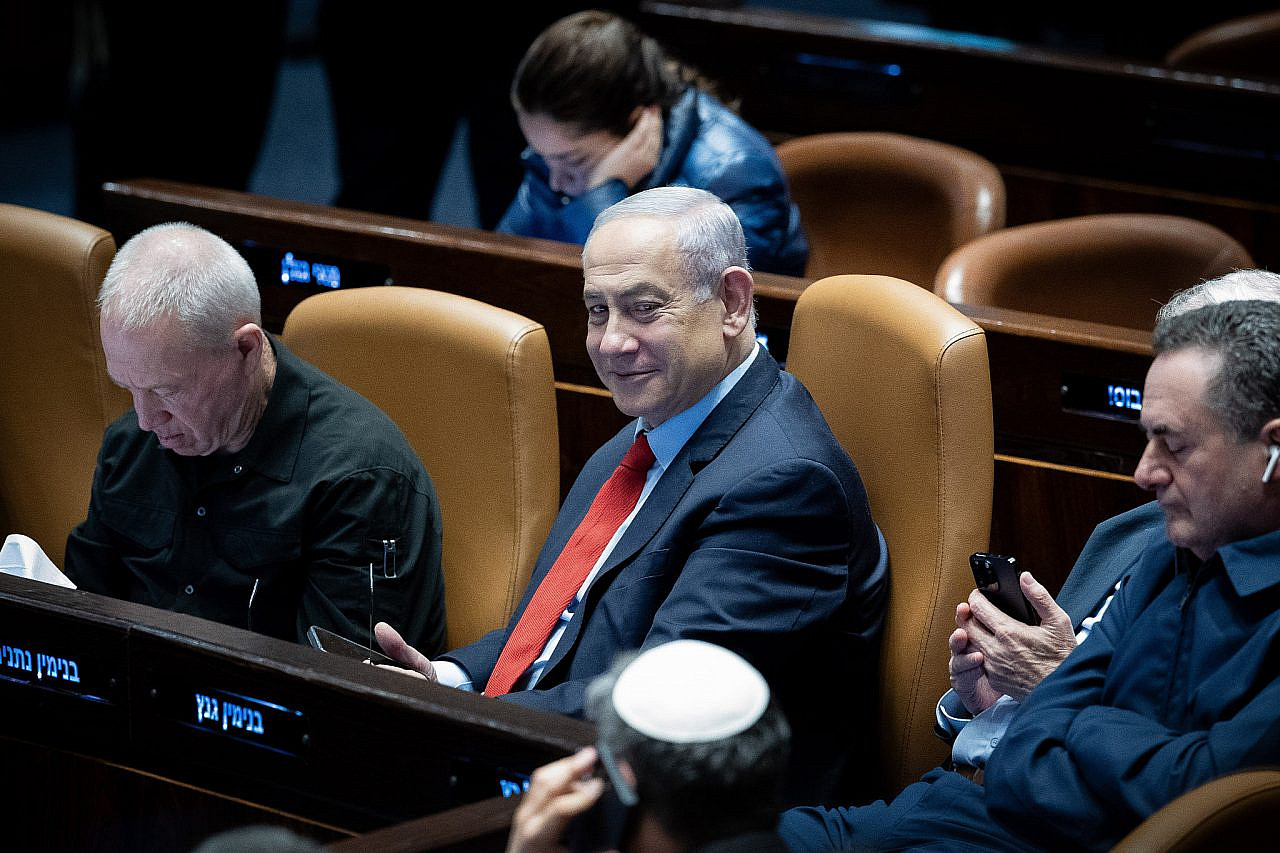
Meanwhile, a Hamas official admitted last week that “no one has any idea” how many Israeli hostages are still alive in Gaza. The latest reports suggest that the number could be as low as 50 out of 120. If the war continues for much longer, one can imagine a situation in which none of them survive — as predicted by Yaakov Amidror, former head of Israel’s National Security Council and a close ally of Netanyahu.
The families of hostages have helped legitimize the call for a ceasefire, with tens of thousands of Israelis coming out across the country in recent weeks to demand such a deal. Still, they have not convinced their government that the lives of their loved ones are worth more than the long-awaited “total victory.” On the contrary, Smotrich continues to describe a hypothetical ceasefire as a threat to national security.
The Americans, meanwhile, continue to pressure Hamas to agree to Biden’s plan. U.S. Secretary of State Antony Blinken even claimed earlier this month, contradicting all available evidence, that Israel would commit to the agreement, while Hamas would not — a statement Blinken himself knows to be false. What Hamas is seeking is a clear guarantee that Israel will uphold the agreement and not renew the war as soon as it sees fit — a guarantee that Washington is unwilling to make.
There is no doubt that Hamas wants a permanent ceasefire, a full Israeli withdrawal, the return of the displaced residents to what remains of their homes, and the beginning of Gaza’s reconstruction. The unbearable suffering of the population demands it, and the group has sustained significant military setbacks. The growing voices of opposition to Hamas from inside and outside Gaza are likely adding to this.
But it is possible that Hamas today believes that its best leverage for achieving this goal is not the hostages, but rather the continuation of the fighting in Gaza — which may ultimately threaten Israel more than it threatens Hamas.
A strategic rift
In recent days, the army has been trying to sell the Israeli public on the idea that with the elimination of the last of the Hamas battalions in Rafah, “the military arm of Hamas has been defeated.” Amid the clouds of propaganda from both sides, it is difficult to know what the true status of Hamas currently is, but it is clear that it still functions as a military force. In the last two weeks, 18 Israeli soldiers have been killed in five different incidents in the Gaza Strip — three in Rafah, and two in the north.
Hamas released a seven-minute video this week documenting the killing of two soldiers by an IED that hit a tank near Nabulsi Square, in southern Gaza City near the sea — an area that has been under full Israeli control for months. In the video, Hamas looks less like an organization on the verge of collapse than a guerrilla force whose capabilities are gradually improving. The continuation of the war may even help Hamas, just as Hezbollah was ultimately strengthened by the Israeli occupation of southern Lebanon.
Hamas may also see a strategic opening in the growing rift between the Israeli army and the government. While the army discusses ending its operations in Rafah in the coming weeks and returning to a model of one-off raids into the Strip, Netanyahu stresses that he wants an ongoing war. At a cabinet meeting last week, Netanyahu said that Israel is “a state with an army, not an army with a state.” And his close associate Yaakov Bardugo accused IDF Chief of Staff Herzi Halevy of seeking to “keep Hamas rule in Gaza.”
This rift became even more apparent when Hagari, the army spokesperson, said last week that “the idea that it is possible to destroy Hamas, to make Hamas vanish — that is throwing sand in the eyes of the public,” a clear reference to Netayahu’s slogan of “total victory.” Netanyahu’s office responded promptly by saying that the security cabinet “has defined the destruction of Hamas’ military and governing capabilities” as one of the aims of its war in Gaza, and “the IDF, of course, is committed to this.”
It is very likely that Hamas believes that this rift is the result of its continued military operations against the Israeli army in Gaza — which only provides further reason to continue the fighting. Hamas spokespersons repeatedly speak of the “disintegration” of Israeli society as one of the great successes of the October 7 attacks, and the growing divide between Israeli government and military officials is clear evidence of this.
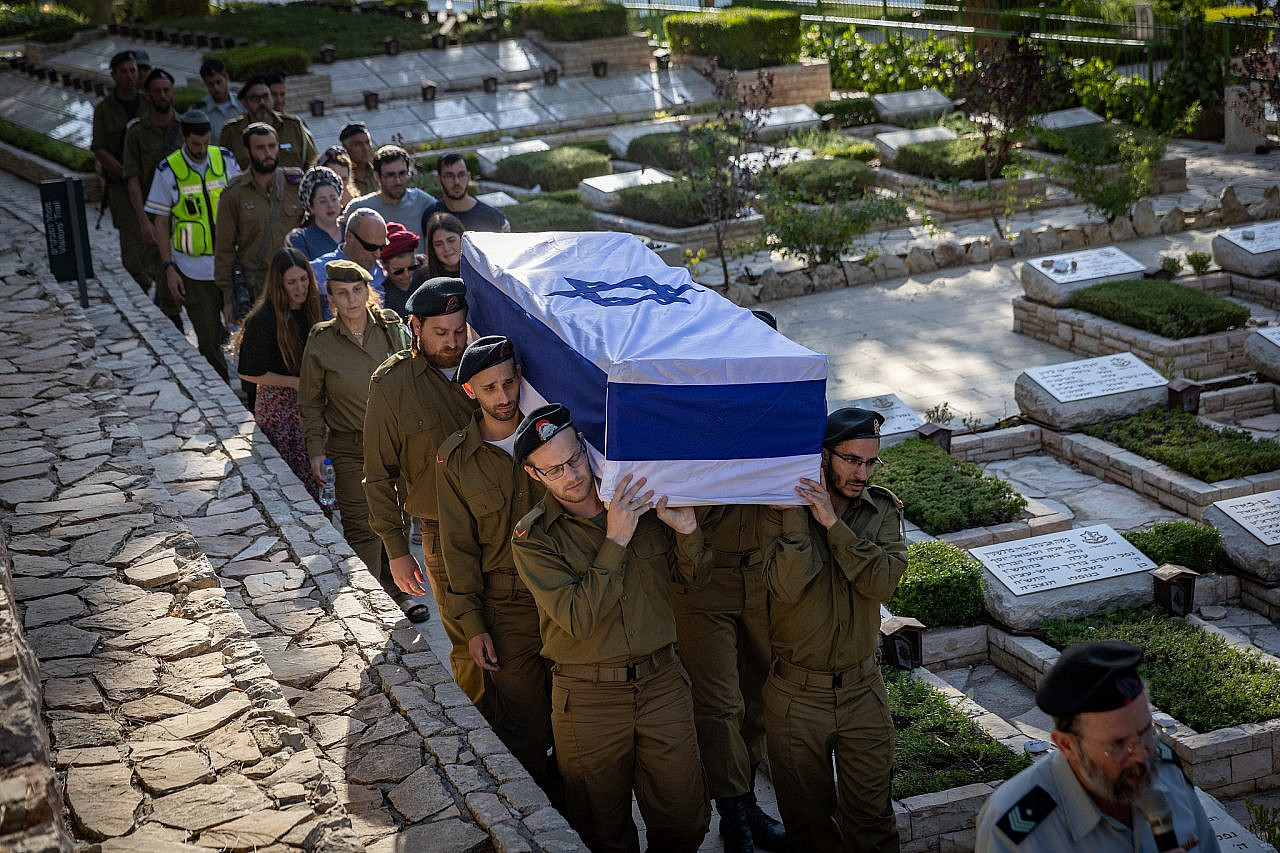
At the same time, Israel seems to have lost its ability to deter Hamas because of the enormous and indiscriminate force it has used in Gaza. Israel can no longer threaten mass killing, because it has already killed some 40,000 people. It cannot threaten to destroy infrastructure, because most of the Gaza Strip is already obliterated and nearly 2 million people have been displaced. It can no longer threaten to topple the institutions of government in Gaza, because they no longer function. It can no longer threaten to occupy Rafah, because it already has.
From Gaza to Lebanon?
Israel can still continue to starve the Palestinian population in Gaza, but Hamas probably understands that American and global pressure, and the proceedings in the two international courts in The Hague, dilute the power of this threat over the long-term. The risk of mass expulsion, which hung in the air in the first weeks of the war, seems to be dissipating, and Israel appears to have accepted that even if a few tens of thousands leave, more than 2 million Palestinians will still remain in Gaza.
Moreover, Hamas leader Yahya Sinwar seems willing to tolerate mass Palestinian civilian casualties if that means Israel will be locked in a war of attrition in Gaza. Sinwar draws inspiration from wars of liberation in Vietnam and Algeria; the tens of thousands killed in Gaza, he wrote in correspondences obtained by the Wall Street Journal, were “necessary sacrifices” whose deaths would “infuse life into the veins of this nation, prompting it to rise to its glory and honor.”
But it is reasonable to assume that Hamas sees the potential for all-out conflict between Israel and Hezbollah as the primary reason to continue the war in Gaza. If we remember that on Oct. 6, Hamas was not a large military organization, and was besieged by Israel from all sides as Arab-Israeli normalization moved full-speed ahead, then the prospect of a regional war “for the sake of the Palestinian cause” is a huge leap forward for them.
Such a prospect has become much more likely in recent weeks. And given the damage Hezbollah has shown itself capable of inflicting over the past eight and a half months, the consequences of a large-scale war in Lebanon could be devastating for Israel.
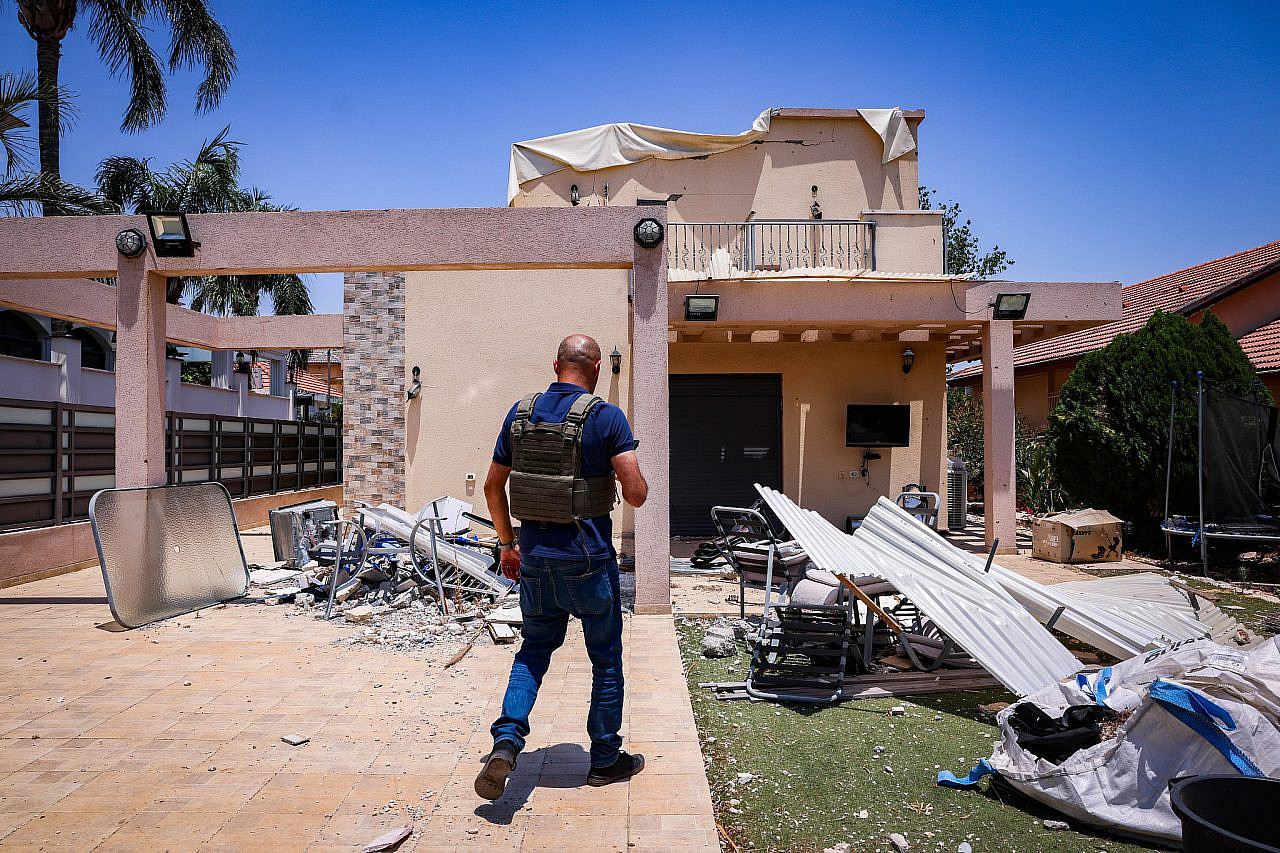
“The Israeli public should know that according to all estimates, an all-out war against Hezbollah (which Iran and its proxies will probably join),” Res. Gen. Itzhak Brik wrote in Haaretz, “means at least 5,000 to 10,000 Israelis killed; about 4,000 missiles, rockets, and drones a day; Tel Aviv and Haifa completely destroyed; power plants, water desalination plants, and national infrastructure destroyed; complete destruction of the country; economic collapse; and the escape of anyone who can afford it from the valley of death known as Israel.”
The risk of all-out war is escalating despite the Israeli public’s clear opposition to it. According to a recent survey by the Hebrew University’s aChord Institute, 65 percent of Israelis prefer an agreement to end the war in Gaza and return the hostages, compared to 35 percent who prefer the continued military presence there and the re-establishment of settlements. Meanwhile, the right-wing government still enjoys a majority in the Knesset and is determined to continue the war, whether for political reasons — the fear of losing power in a post-ceasefire election — or because they believe that the war presents a unique opportunity to eliminate the prospect of an independent Palestinian state.
Most read on +972
The army may be more willing to end the war under certain conditions, but it too finds itself constrained by a trap of its own making: the blind belief that Israeli “deterrence” is achieved only by the use of force, and if the other side is not sufficiently deterred, even more force must be applied. Meanwhile, controversial bills in the Knesset threaten to collapse the fragile governing coalition, and the growing anti-government demonstrations and the increasing police repression are all signs of instability.
Hamas and Hezbollah have undoubtedly succeeded in exhausting Israel and pushing the public closer to accepting the end of the war. But until the U.S. administration decides to use its power to impose a ceasefire, it is hard to see how the fighting will stop. In the meantime, Israel continues to march blindly forward.
A version of this article was first published in Hebrew on Local Call. Read it here.


